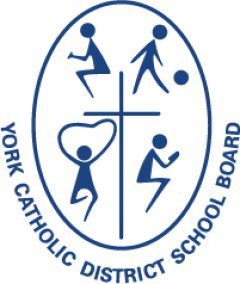 There are many ways to discourage academic dishonesty in virtual settings and address the myth that it is easier to cheat in an eLearning course because the teacher does not know who is doing the work. The reality is that there are at least five tools or methods available to make cheating difficult – proctoring, frequent writing, Google searches, plagiarism software, and the virtual learning environment (vLE) itself.
There are many ways to discourage academic dishonesty in virtual settings and address the myth that it is easier to cheat in an eLearning course because the teacher does not know who is doing the work. The reality is that there are at least five tools or methods available to make cheating difficult – proctoring, frequent writing, Google searches, plagiarism software, and the virtual learning environment (vLE) itself.
- Frequent Writing
- The student’s written voice is almost always the only “voice” the teacher recognizes. Throughout the eLearning course, there are so many opportunities for teachers to get used to the student’s “written voice” (e.g., the student’s common writing pattern, his/her common mistakes) that he/she notices when the writing pattern is inconsistent with previous postings. In this respect, teachers of eLearning courses often comment that it is easier to identify academic dishonesty in eLearning courses than it is in face-to-face courses.
- Google Searches
- Teachers can copy phrases from a student’s assignment and conduct an internet (Google) search to find similar or identical phrasing.
- Turnitin
- “Turnitin” is a powerful on-line tool that teachers use to discourage plagiarism and facilitate rich, meaningful feedback that improves writing skills and promotes critical thinking. “Turnitin” has three essential tools for each step of the writing cycle: “Originality Check”, “Peer Mark”, and “Grade Mark”. These tools use the world’s most accurate text-comparison data base to help teachers check for originality before any time is spent evaluating student work.
- The vLE
- The virtual learning environment (vLE) automatically keeps track of all student log-ins, the IP address of the machine being used, and the total time logged-in for each session. The vLE is used by teachers to manage their eLearning courses and includes many features to identify potential dishonesty (e.g., “progress tools”) to monitor student access. Other features (e.g., the “quiz tool”) allow teachers to differentiate tests and assignments so that students receive random questions or tasks. Yet another feature (i.e., the “drop-box summary”) allows teachers to monitor submission of assignments.
Academic dishonesty can be a problem in any setting – elementary schools, secondary schools, post-secondary schools, face-to-face and eLearning. No teacher can eliminate cheating outright, but teachers of eLearning courses have many tools to make cheating unnecessary, distasteful and difficult.

